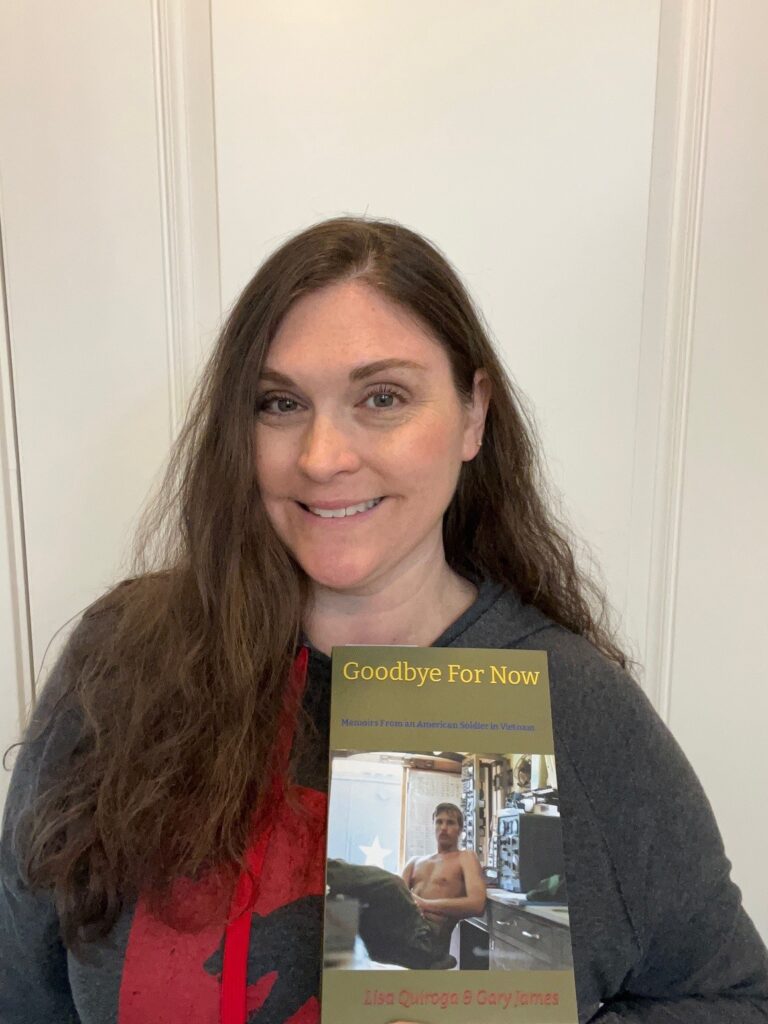Yea, verily, there is much to inspire gratitude on this holiday centered on a gallinaceous bird with alarmingly hypertrophied breasts. At no time in the course of human history have so many had so much, and our overextended credit accounts prove it. Seriously, though: The great majority of us have enough to eat, roofs over our heads, clothes on our backs, even a surfeit of non-essential goods such as iPhones, electric toothbrushes and flat-screen TVs.
So why all the malaise? Sure, the oceans are acidifying, the world’s forests are falling to bulldozers, and at times the drum beats of war can seem so loud that they sound like the Wagnerian tympani that presaged Germany’s invasion of Poland in 1939. But is that any reason to emulate Joe Btfsplk, the Li’l Abner comic strip character who moped around with a storm cloud over his head?
Objectively, of course, you might say —yes, it is. Perhaps depression can be construed as a rational response to current political and geophysical realities. Still, that doesn’t make you feel better. It would be nice if there were some way to remain essentially upbeat—happy, even—despite what the world slings at you (some way that doesn’t involve a fistful of pills, that is). The human condition, after all, has always been challenging. History is a litany of blood-letting, famine, plagues, bullying bosses, unsympathetic spouses and general unpleasantness interspersed with brief periods of ease and prosperity. That’s unlikely to change anytime soon. So was Hobbes right? Are we eternally trapped in a box where life is nasty, brutish and short?
“Well, life is short,” acknowledges Emiliana Simon-Thomas, the science director of Berkeley’s Greater Good Science Center, and the overseer of the organization’s Expanding Gratitude project, “but that doesn’t mean it has to be nasty and brutish.”

That’s not just peace-love-dove sentimentality. Simon-Thomas and her fellows at the center can cite peer-reviewed research demonstrating that simple gratitude is good for you. Among its benefits: lower blood pressure, strengthened immune systems, reduced loneliness, and measurably improved outlooks on life. Plus, people who practice gratitude “mindfully,” as the current psycho-argot has it, tend to pay things forward; they’re more compassionate to the people around them, generating all-around increased good will.
Simon-Thomas observes there are three basic components to the successful practice of gratitude. The first is the act of favoring: identifying and acknowledging those things that contribute to one’s well-being.
“As human beings, we all struggle with our facility to habituate quickly to circumstances, including very fortunate circumstances,” says Simon-Thomas. “After we’ve had things for a while, even things that we wanted very much, they become familiar to us, and we’re not appreciative of them.”
This tendency is known as the “hedonic treadmill.” If we reduced it to one of grandma’s apothegms, it could be defined as never being satisfied with what you have. No matter how you characterize it, it’s a trap that assures perpetual discontent.
“The act of favoring is a good antidote to the hedonic treadmill,” says Simon-Thomas. “It allows you to step back and say, ‘Wait, I have comfort and joy here.’ It lets you block that reflexive dissatisfaction with your circumstances, your achievements and possessions.”
Practicing gratitude also orients the practitioner away from the self. And as Thanksgiving authority Martha Stewart might say, that’s a good thing.
“Focusing on something outside your self—say, an existential concept like freedom or opportunity —can increase your pleasure in life significantly,” says Simon-Thomas. “Worry is a real enemy of contentment, and most worry is self-referential: Will I be hurt? Will I get this? How will it affect me?”
Such ruminative and destructive self-obsession can be neurologically quantified, continues Simon-Thomas.
“Researchers at Yale and Massachusetts General Hospital conducted biofeedback studies, and they found that certain midline structures of the brain light up when self-referential thinking was occurring,” she says. “But those regions (were quiescent) when the subjects weren’t worrying, when they were focusing on other people and issues.”
One can’t help but evoke grandma again. Didn’t she often say it isn’t all about you? Get over yourself?
Maybe, Simon-Thomas avers, but there were plenty of times when grandma got it wrong, too, “and that’s the point. We’re applying science to determine what’s going on, not folk wisdom.”
The third component to the successful practice of gratitude is to target it toward specific people, says Simon-Thomas.
“When you express gratitude for the efforts of other people, you strengthen the relationship between those structures of the brain that signal reward and those that support social cognition,” she says. “The (scientific) literature shows this is beneficial to well-being and happiness. Empathizing and expressing appreciation boosts the spontaneous capacity for trust and willingness to cooperate.”
This all sounds like very good advice, but—let’s be honest—it can be hard to apply on a quotidian basis. That’s especially the case if you’re involved in a profession where trust and ingenuous expressions of gratitude aren’t necessarily assets: cop, soldier, journalist, day trader, or Securities and Exchange Commission regulator.
“We’re not suggesting you should be so trusting that you’re in danger of exploitation or violation,” says Simon-Thomas. “At the same time, it’s pretty clear that there is no pernicious outcome to being kind. There’s no good evidence that life is a zero sum game. We’re not zero sum organisms. As a species, we are incredibly collective and extremely social. We are not nasty and brutish—it’s actually extremely difficult for most people to act in a nasty and brutish fashion. On the contrary, we are attracted to kind people, and we are driven to punish people who are not kind.”
Simon-Thomas also takes pains to emphasize that gratitude-inspired happiness is not a state of cross-eyed, beatific bliss.
“It doesn’t mean perpetual ecstasy,” she says. “It isn’t about ‘being happy’ all the time. It’s about a rich emotional life, about holding on to positive opportunities for pleasure whenever possible. Personally, I’m not a fount of happiness. I’m relatively content. I don’t wallow in either positive or negative emotions too long. I try to take pleasure and sadness as they come, and move through them.”
Still, the boon of gratitude notwithstanding, basic gloom is a default emotional state for many people. Anyone who struggles with the dark side will confirm that it feels, at some level, hard-wired. And Simon-Thomas confirms this, in fact, is true. In fact, she says, data from UC Riverside psychology professor Sonja Lyubomirsky suggests that about 50 percent of the average person’s emotional state is due to genetic variance and another 10 percent is due to life circumstances—your childhood, profession, income and so forth. “But that still leaves 40 percent that can be affected by what you do and think, day in and day out,” she says. “That leaves you a lot of room for work.”
So much room that Simon-Thomas and Greater Good Science Center founder Dachner Keltner felt compelled to conduct a free massive open online course (MOOC) through Berkeley on the Science of Happiness. And judging by the response, there’re a lot of people out there want to change their brain chemistry in a noninvasive fashion.
“We had 115,000 people sign up for it,” Simon-Thomas says, “so we obviously hit a vein. I’m not a remarkable person. This course isn’t about me, or Dachner. But our research exposes the flaws in the (Ayn) Randian view that we are best served by only serving ourselves. That philosophy isn’t really sustainable, either for our species or the planet.”




















